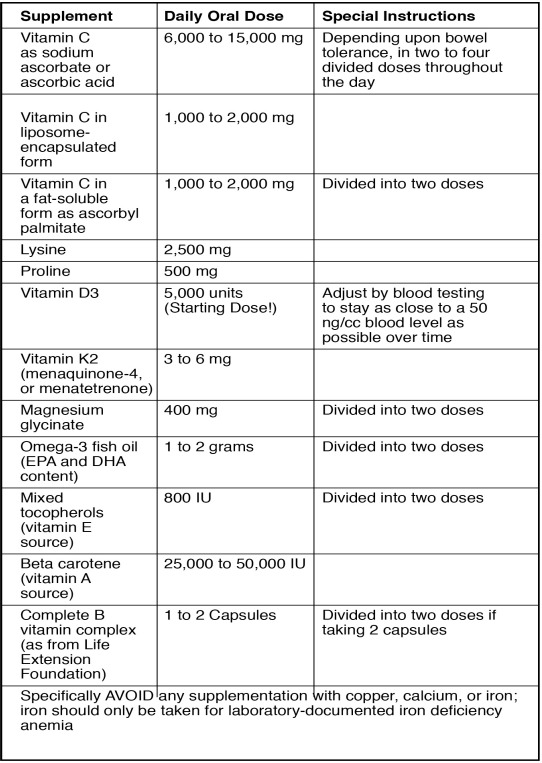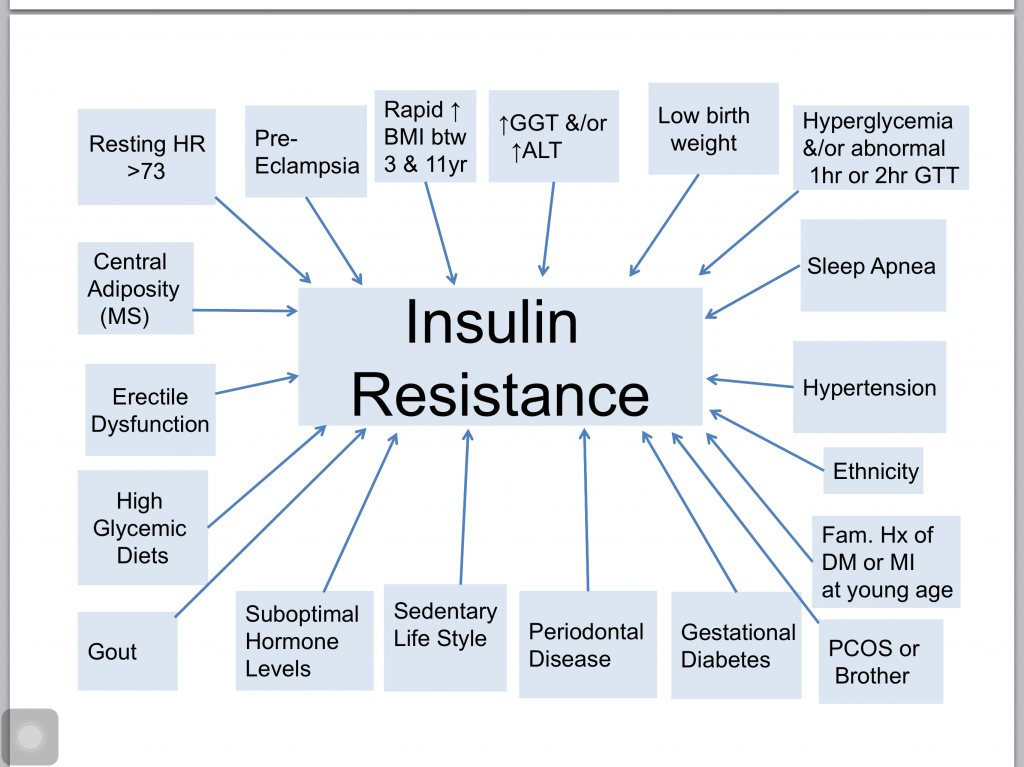Ferritin (also part of our Initial Anti-Aging Screening Test Panel).
- Studies show too much iron (reflected by ferritin level) can increase risk for heart disease. Every 1% rise in serum ferritin causes 4% elevation in risk of MI*.
- Can increase oxidation of LDL.
- Use Vitamin C with caution (Vit C increases iron absorption)#
When too high, donate blood.
Previous studies submit that some metals, including iron, accumulate in human tissues during aging and that toxic levels of iron have been linked to neurologic diseases, such as Alzheimer’s and Parkinson’s diseases. Gordon Lithgow, from Buck Institute for Research on Aging (California, USA), and colleagues employed Caenorhabditis elegans (roundworm) to study the role of iron accumulation in the aging process. The researchers fed young roundworms (4 days old) iron, observing that they aged within a few days (to look like 15-day old worms). As well, the team administered CaEDTA, an FDA-approved metal chelator (used in humans to treat lead poisoning), observing that the agent not only slowed the age-related accumulation of iron, but it extended the healthspan and lifespan of the worms. Observing that: “Increased dietary iron significantly accelerated the age-related accumulation of insoluble protein, a molecular pathology of aging,” the study authors submit that “these results suggest that a loss of metallostasis with aging contributes to age-related protein aggregation. (http://www.worldhealth.net/news/iron-accelerates-aging/)
*Sullivan, ., et al., “The iron paradigm of ischemic heart disease,” Am Heart J. 1989; 118(5):1177-88.
#Hallberg, L., et all., “The role of vitamin C in iron absorption.” Int J Vitam Nutr Res Suppl. 1989;30:103-8.


